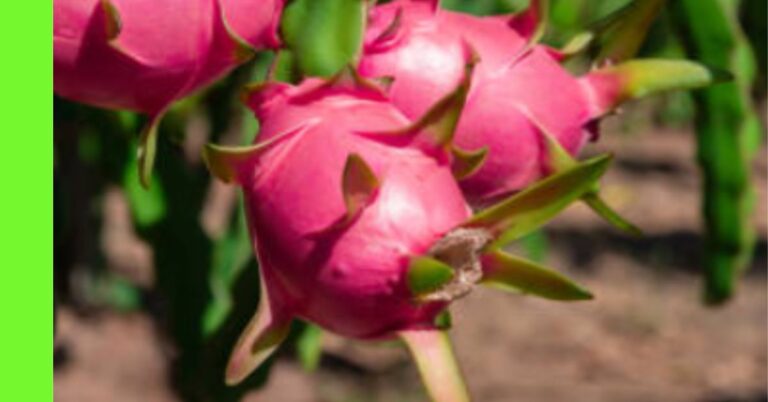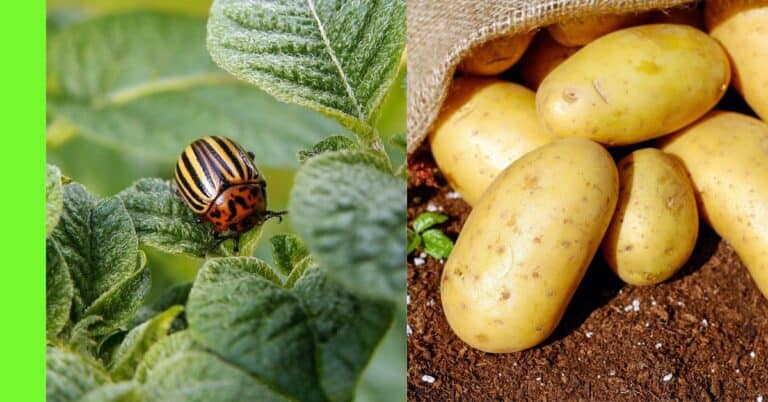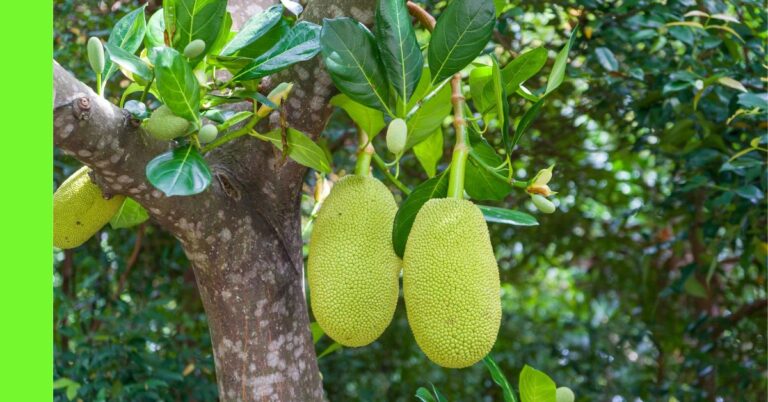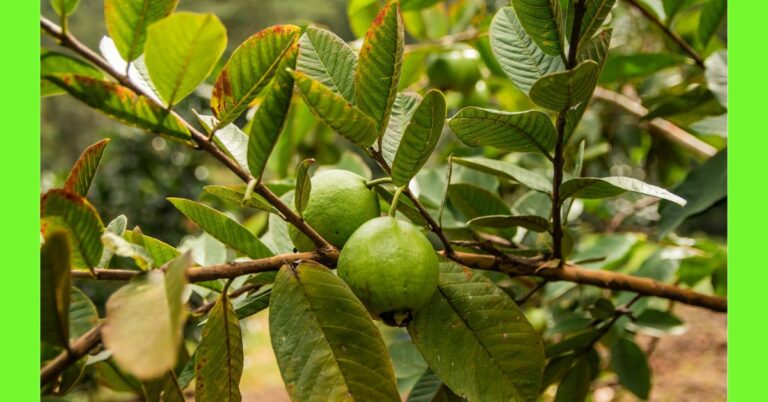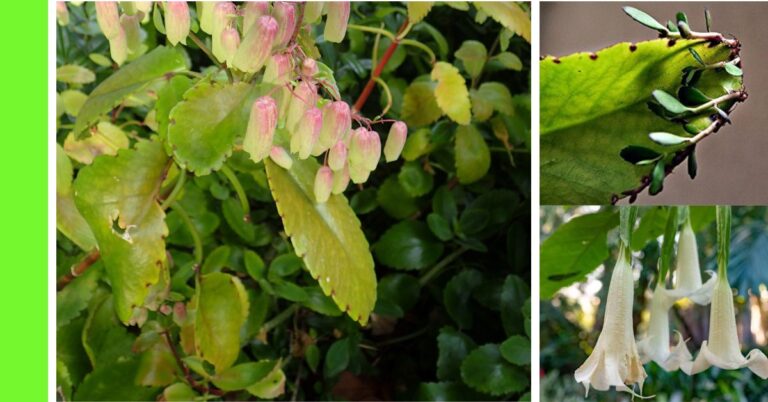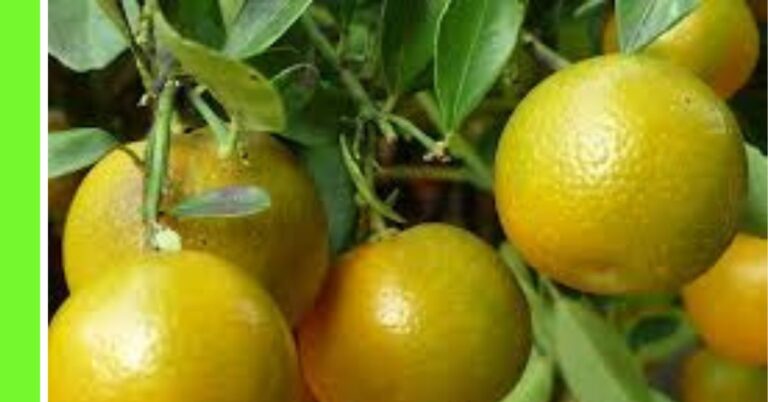How to Plant Ukpo (Mucuna Sloanei) In Nigeria
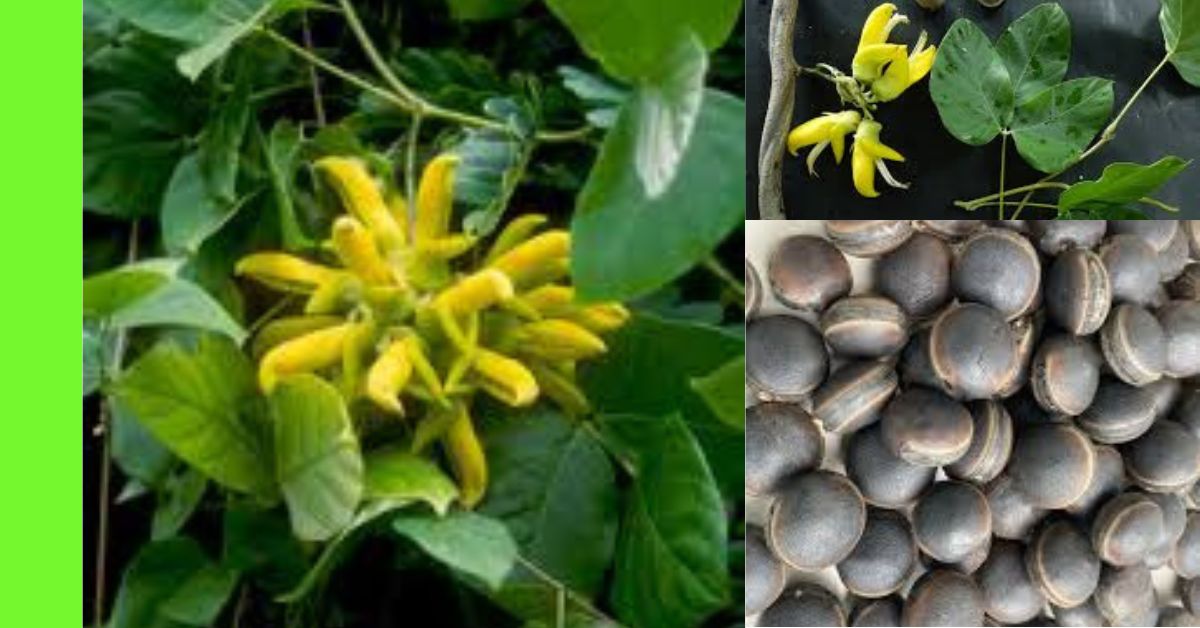
Ukpo, botanically known as Mucuna sloanei, is a legume that holds enormous potential in Nigerian agriculture and nutrition.
Popularly called Ukpo among the Igbo people, its seeds are used as thickening agents in soups like oha and egusi.
Beyond its culinary uses, Ukpo enriches the soil through nitrogen fixation, making it valuable in sustainable farming.
This article provides a detailed guide on how to plant Ukpo (Mucuna sloanei), covering everything from site selection to pest control.
Description of the Ukpo (Mucuna sloanei) plant
Ukpo (Mucuna sloanei) is a tropical leguminous climbing plant belonging to the family Fabaceae.
It produces vigorous vines that can spread several metres, climbing on stakes, shrubs, or trees.
The leaves are trifoliate (three leaflets), and the plant bears clusters of purplish flowers.
Its most notable feature is the pod, which is hairy and contains 4–6 hard seeds.
The seeds are round to oval, brown or black, and are the main economic part of the plant, used in cooking after proper processing to remove anti-nutritional factors.
Aside from its seeds, Ukpo improves soil fertility through nitrogen fixation, suppresses weeds, and protects against erosion, making it suitable as a cover crop.
Planting season for Ukpo (Mucuna sloanei)
Ukpo is best planted at the onset of the rainy season, which in southern Nigeria typically starts around March to April and in the Middle Belt and northern parts around May to June.
This ensures adequate moisture for seed germination and seedling establishment.
Farmers who practice double cropping can plant Ukpo after harvesting early-season crops like maize, using it as a relay crop or green manure.
Planting Ukpo (Mucuna sloanei)
Step 1: Choose a location
Ukpo thrives in a wide range of soils but prefers well-drained loamy soils rich in organic matter.
It does not perform well in waterlogged areas.
Select a site with full sunlight exposure, as this encourages robust growth and flowering.
If growing Ukpo as an intercrop or cover crop, choose fields with crops like maize(corn) or cassava where the vines can spread or climb.
Step 2: Land clearing and preparation
Clear the land by removing bushes, weeds, and previous crop residues.
This reduces pest harborage and prepares a clean seedbed.
- For larger plots, ploughing and harrowing can be done to loosen the soil and improve aeration.
- Where soil fertility is low, incorporate well-decomposed compost or farmyard manure during soil preparation to enrich the soil.
Step 3: Means of propagation
Ukpo is primarily propagated by seeds, which are easy to handle.
Before planting, the seeds often need scarification (scratching or soaking) to improve germination because the seed coat is hard.
Common methods:
- Mechanical scarification: make a small, shallow cut or scratch on the surface of the seed coat with a knife or rub it with sandpaper.
- Hot water treatment: Pour hot water (not boiling) over the seeds and soak for 12-24 hours.
These treatments soften the seed coat and encourage uniform germination.
Step 4: How to plant Ukpo (Mucuna sloanei) from seed
- Spacing: Plant seeds at about 50 cm between stands and 75 cm between rows, especially if you intend to harvest seeds.
- Planting depth: Sow seeds 3-5 cm deep. Cover lightly with soil.
- Number of seeds: Plant 2-3 seeds per hole. After germination, thin to the strongest seedling.
- If planting alongside a support crop like maize or using stakes, position seeds close to the support to encourage climbing.
Step 5: Watering
In the rainy season, natural rainfall is usually sufficient.
However, if there’s no rainfall during establishment, supplement with watering to keep the soil moist.
Avoid waterlogging, which can cause seeds to rot.
For dry season cultivation (using irrigation), water the field adequately twice a week until the plants are well established.
Step 6: Apply manure
Ukpo benefits from organic matter.
Apply well-rotted poultry or cow manure at about 5–10 tons per hectare or broadcast compost over the field before planting.
As a legume, it fixes nitrogen, so heavy chemical nitrogen fertiliser is not required.
However, a light application of phosphorus-rich fertiliser can promote root development and flowering.
Maturity and harvest
Ukpo matures within 5–7 months after planting, depending on the variety and climate.
- The pods turn brown and begin to dry on the vine, indicating they are ready for harvest.
- Harvest by cutting the pods off the plant. Avoid leaving mature pods too long on the vine, as they can shatter and lose seeds.
After harvesting, dry the pods under the sun for 1–2 weeks, then shell to extract the seeds.
Store seeds in airtight containers to prevent insect infestation.
Pests and diseases of Ukpo (Mucuna sloanei)
Ukpo is relatively hardy but may be affected by:
- Insects: such as pod borers, aphids, and beetles, can attack leaves, flowers, or developing pods.
- Root-knot nematodes: in poorly rotated fields, causing stunted growth.
- Fungal diseases: like anthracnose or leaf spots, are especially prevalent under prolonged wet conditions.
Pest and disease control
- Cultural control:
- Rotate Ukpo with cereals like maize or millet to break pest and disease cycles.
- Remove and destroy infected plant residues after harvest.
- Rotate Ukpo with cereals like maize or millet to break pest and disease cycles.
- Mechanical control:
- Handpick visible insects like caterpillars.
- Use traps or barriers where practical.
- Handpick visible insects like caterpillars.
- Organic solutions:
- Apply neem leaf extract to deter insects.
- Use wood ash sprinkled around the base to deter soil pests.
- Apply neem leaf extract to deter insects.
- Chemical control:
- If infestations are heavy, apply recommended insecticides or fungicides according to extension office guidelines, following safety intervals before harvest.
- If infestations are heavy, apply recommended insecticides or fungicides according to extension office guidelines, following safety intervals before harvest.
Conclusion
Ukpo (Mucuna sloanei) is an excellent crop choice for farmers, offering both economic and ecological benefits.
With proper site selection, timely planting, and simple care practices like watering and organic manure application, you can achieve good yields of this valuable legume.
Its role in enriching soil fertility also makes it a smart addition to sustainable farming systems.
By following these steps, you can successfully cultivate Ukpo and tap into its nutritional and commercial potential.
Hope this article was helpful.

